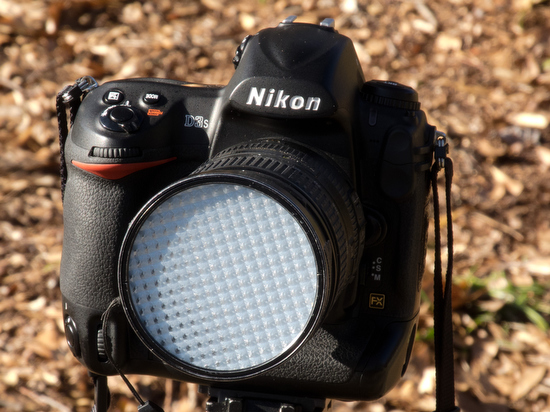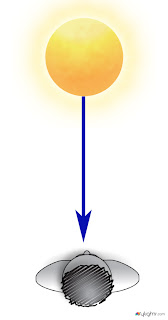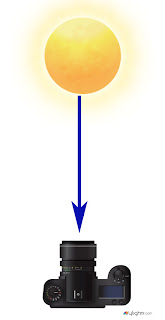 |
| Nikon D4, Sigma 120-300mm f/2.8 DG OS HSM, Sigma 2x EX DG APO Autofocus Teleconverter, ISO 500, ƒ/5.6, 1/2000 |
Metaphors
A metaphor is a great way to get our head around something we are having to work on. Now the bible uses a lot of metaphors. I think today's football is very similar to the metaphor used in Ephesians 6:11 where Paul writes "Put on all the armor that God gives, so you can defend yourself..."
 |
| Nikon D4, Sigma 120-300mm f/2.8 DG OS HSM, Sigma 2x EX DG APO Autofocus Teleconverter, ISO 500, ƒ/5.6, 1/2000 |
Today in football you will notice that more than ever the defense isn't just trying to bring down the guy with the ball—they are trying to strip and turn it into a fumble.
Today you must be gripping the football with everything you got or your competition will turn you big play into their big play.
You need to know your core values for your business and hold on to them just as if you were having others trying to make you fumble.
 |
| Nikon D4, Sigma 120-300mm f/2.8 DG OS HSM, Sigma 2x EX DG APO Autofocus Teleconverter, ISO 1000, ƒ/5.6, 1/2000 |
You can break free of your competition and reach your goals day after day—if you execute your plays that you practiced over and over.
Worthy Opponents
You competition isn't your "enemy." These are your colleagues. Just like the NFL or MLB you can get traded and the following week be playing on their team.
What you will notice is a worthy opponent makes you better. You also appreciate winning a bit more when you have worthy opponent than with no competition at all.
Questions for you
- What is my goal?
- Who are the players? Who is my client and who is my competition?
- What is my weakness that my competition is reaching for and trying to make me fumble?
- What are the weaknesses of my competition?
- Why should a client pick me when they have other choices?
- What kind of preparation should I be doing now? Just like athletes train and watch game films to be ready for game day, is there something I can do to prepare?
- Who is my coach?
- Who is my trainer?
- During my off season what am I doing to transform myself to be even better?



















































